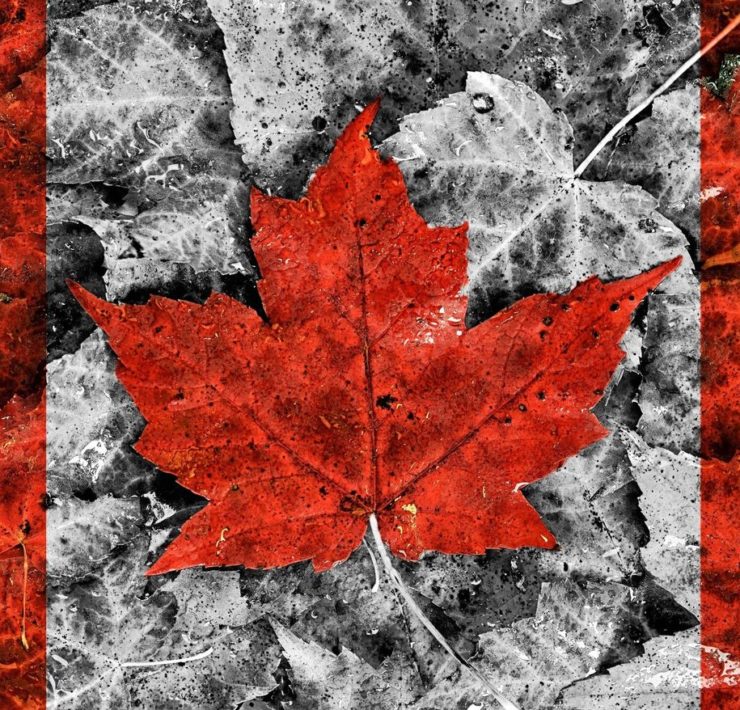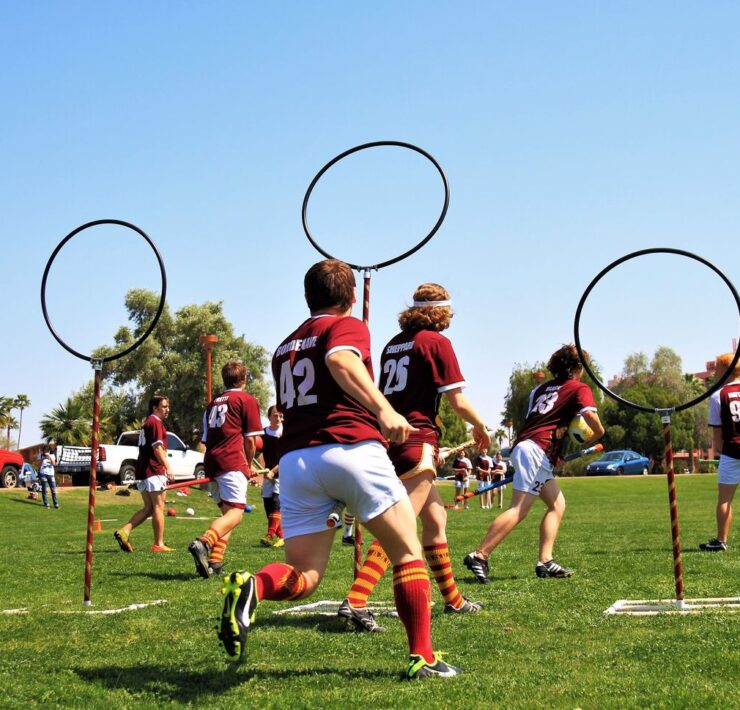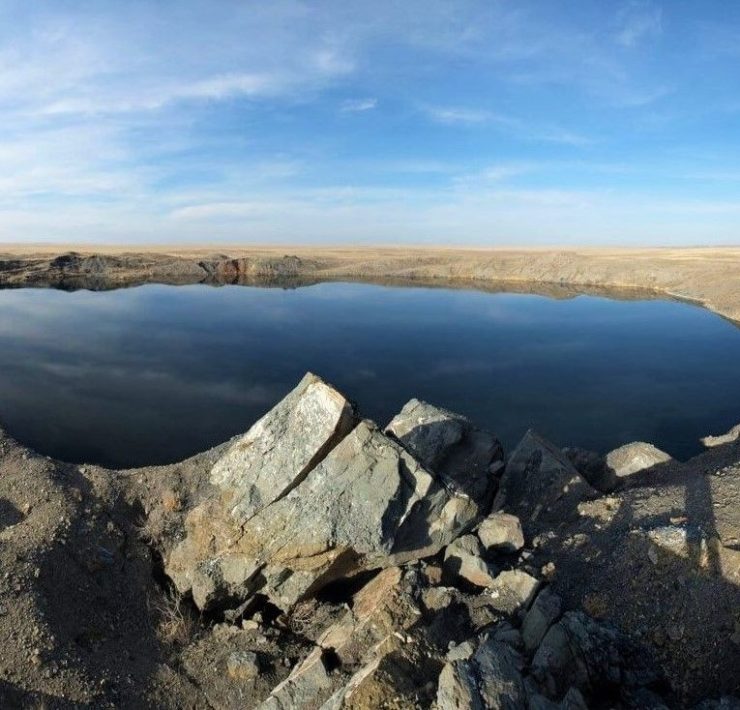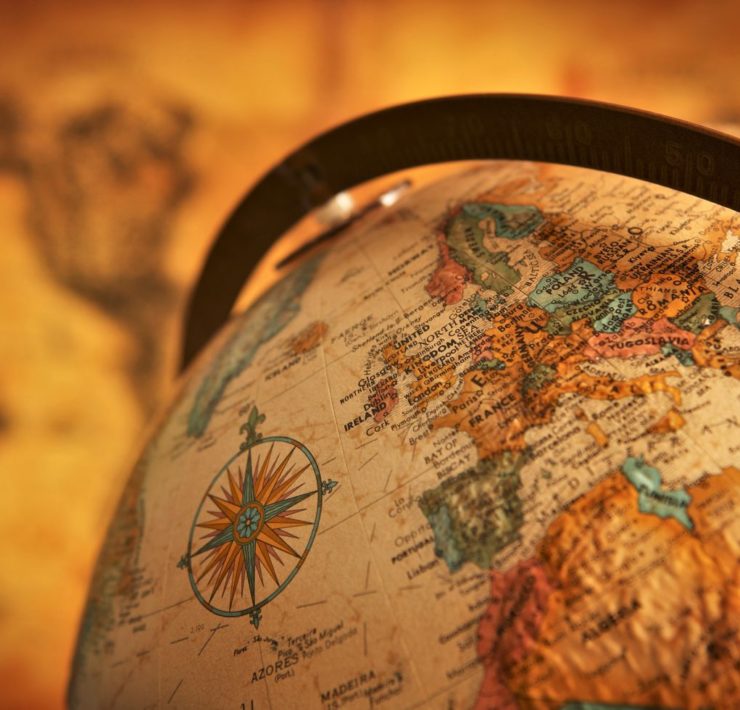Japan always gets the look when it comes to weird stuff, from clothing to food. But if you want to get past all those material strangeness and see the culture itself, here are some of the things the Japanese do that can be different from what you are used to.
1. Making the peace or “vee” sign
For the Japanese, smiling in front of a camera won’t be complete without the V-sign. The V-sign can be also known as the peace sign, but doing it doesn’t exactly mean that. It was said that the gesture originated from a 1968 baseball manga or from an American figure skater who habitually flashed a V-sign at media tours. But the most of the influence came from a Japanese singer who flashed a spontaneous V-sign during the filming of a Konica commercial.
2. Sitting on the floor
Chairs and couches can be seen in Japanese homes, but the Japanese will still be seen sitting on the floor. Foreigners might find sitting on the floor painful or dirty, but for the Japanese, it’s comfier than sitting on a sofa. Besides, the tatami mat-covered floor in Japanese homes means the floor is clean and shoes aren’t allowed to be worn inside.
But if you’ve got no problems sitting on the floor, be sure that you’re familiar with the whole etiquette of sitting down in Japan.
3. Slurping noodles
Making noise while eating is considered rude in Western countries. But in Japan, doing this especially when eating noodles is a sign that you appreciate the meal. So slurp away that good hot bowl of ramen!
4. Nodding response (Aizuchi)
You might get annoyed while talking to a Japanese who’d just nod his/her head per response. This action they call “aizuchi” is a good way of looking that you’re taking part of the conversation. It’s just like saying “uh-huh” or “I see”. Not doing aizuchi could lead to a misunderstanding that you, as the listener, isn’t interested.
5. Bowing
Bowing is what the Japanese do when greeting, apologizing, or even when expressing their condolences. Moreover, the longer and the deeper the bow, the stronger emotion and respect are expressed.
6. No tipping
If in America, a waiter runs out after you for not leaving any tips; in Japan, the waiter runs after you if you leave money. The Japanese, when given tips, often get confused and feel guilty about the extra money. Some may also find it degrading. In other words, you don’t need to tip in Japan.
7. Sleeping at work (Inemuri)
Inemuri literally means “sleeping while present”. For them it is a sign of commitment to work, and Japanese companies encourage their employees to take 20-30 minute naps a day. However, there are some people who even fake inemuri to show their bosses that they’re working hard.
8. Getting drunk in public
Public drinking and intoxication are legal in Japan. You can bring booze at the park, at the beach, or just sit on a bench to drink beer. What’s more funny is how normal it is to see drunk people sleeping in trains, on sidewalks, or on stairs. They seriously can sleep anywhere.
9. KFC
Yes, you’ve read it right. We’re talking about KFC, which is the Japanese’s must-stop shop every Christmas. Christmas isn’t even a national holiday in Japan but that day won’t be complete without a bucket of KFC’s Christmas Chicken.
It all started when a group of foreigners bought fried chicken from KFC when they couldn’t find turkey on Christmas day. KFC then thought of this as a commercial opportunity and thus, the“Kurisumasu ni wa kentakkii!” (Kentucky for Christmas!) marketing campaign in 1974 was created. These days, KFC gets the highest sales every Christmas eve.
10. Wearing surgical masks
It surprises a foreigner to see the number of people in Japan wearing surgical masks. You can see them in schools, in subway stations, in the workplace, and on the streets, but not all wear masks for health concerns. In fact, the Japanese wear masks for different reasons: to prevent infecting school or office mates when sick, to avoid getting sick, to cover up when going out without makeup, or only as a fashion accessory.
When On Earth Magazine is for people who love travel. We provide informative travel guides, tips, ideas and advice regarding places to see, things to do, what to taste, and much more for world travelers seeking their next dream vacation destination.






